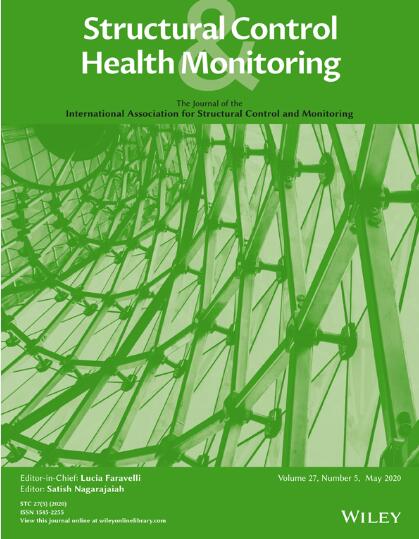Digital Twin-Empowered Analysis of Structural Temperature Field of a Long-Span Suspension Bridge
Abstract
Structural temperature field significantly affects structural responses, such as displacements and stresses, of a long-span suspension bridge. An accurate and effective analysis of structural temperature field is therefore important. This study proposes a digital twin-empowered analysis of structural temperature field of a long-span suspension bridge. The real bridge and its surrounding environment are regarded as a physical entity. The information, such as ambient temperature and structural temperature, collected by the structural health monitoring system at the locations of sensors is taken as the data collected from the physical entity. A 3D finite element model of the bridge is then constructed as a virtual entity for heat transfer analysis with solar radiation, wind speed, and other environmental conditions included. The data collected from the physical entity are then mapped to the virtual entity through a particle swarm optimization algorithm to update uncertain parameters in the thermal boundary and convert the virtual entity to a digital twin. The established digital twin is finally used to find and predict the structural temperature field of the entire bridge. The results demonstrate that the digital twin-empowered heat transfer analysis is feasible and able to provide more accurate prediction of the structural temperature field of the entire bridge.


 求助内容:
求助内容: 应助结果提醒方式:
应助结果提醒方式:


